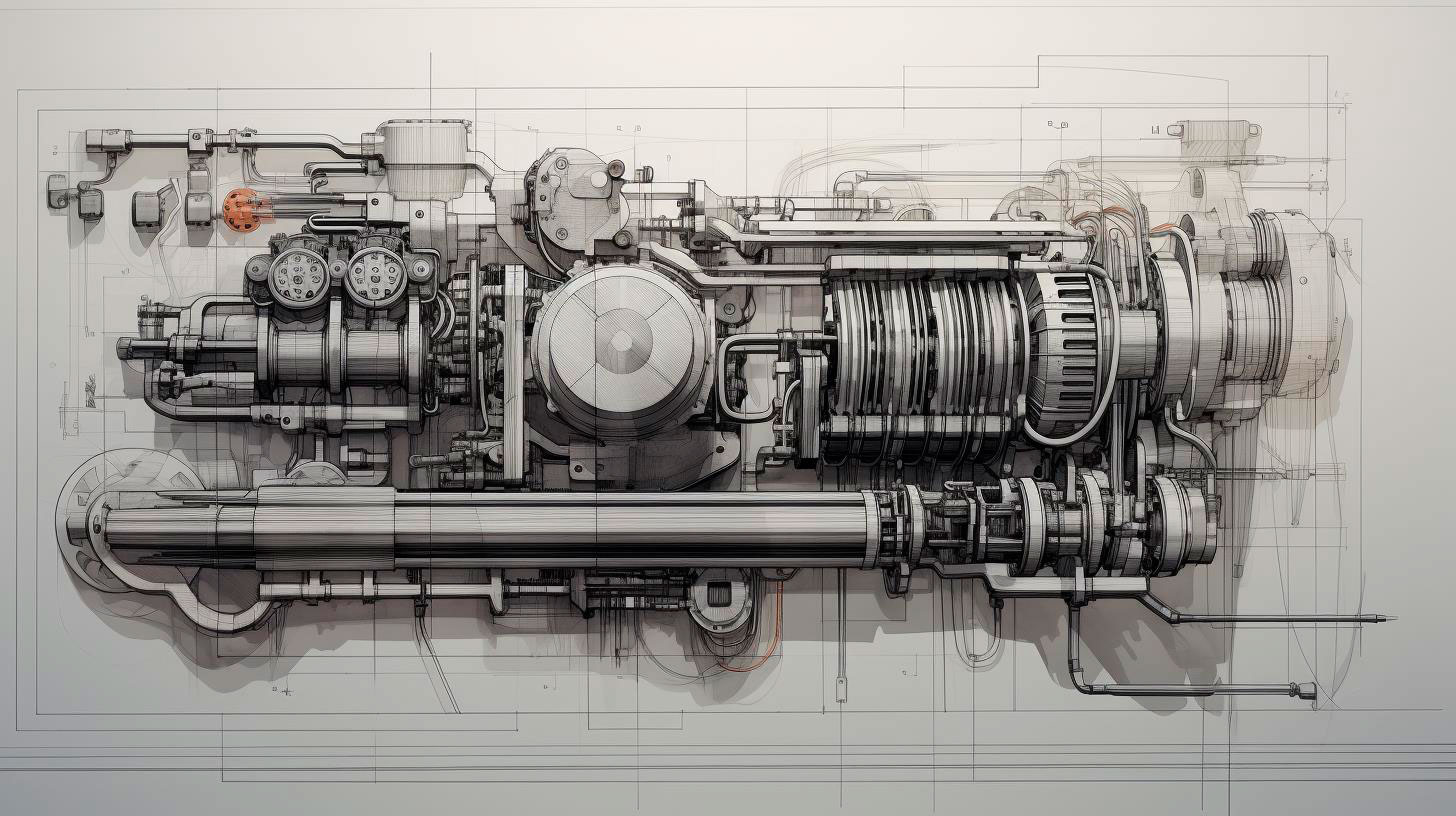These regulations and standards are continuously evolving, drawing valuable lessons from past incidents and technological advancements. In this article, we will explore several key takeaways that can be derived from these safety measures.
The Importance of Safety Regulations
Nuclear reactors generate a significant amount of electricity, which is crucial for powering homes, industries, and infrastructure. However, the immense power and potential risks associated with nuclear technology necessitate strict safety regulations and standards. Governments across the globe have established regulatory bodies to enforce compliance and ensure the safe operation of nuclear power plants.
Key Takeaway: Safety regulations are essential for the smooth and secure functioning of nuclear reactors.
Emphasis on Risk Assessment and Management
One of the crucial aspects of nuclear reactor safety regulations is the emphasis on risk assessment and management. Extensive analysis of potential risks enables operators and regulatory authorities to identify vulnerabilities and implement preemptive measures. Risk management includes robust emergency response plans, protective measures against natural disasters, and comprehensive safety protocols.
Key Takeaway: Risk assessment and management are instrumental in preventing accidents and promptly addressing any unforeseen circumstances.
International Collaboration and Knowledge Exchange
The international community recognizes that nuclear safety is a global concern. Therefore, collaboration between countries and knowledge exchange are crucial for improving nuclear reactor safety worldwide. Organizations such as the International Atomic Energy Agency (IAEA) and the World Association of Nuclear Operators (WANO) facilitate cooperation and standardization of safety practices among nations.
Key Takeaway: International collaboration helps build a collective pool of knowledge and best practices to enhance nuclear reactor safety.
Continuous Learning from Incidents
Nuclear reactor safety regulations are not static; they continuously evolve based on lessons learned from past incidents. Disasters such as the Three Mile Island accident in the United States, the Chernobyl disaster in Ukraine, and the Fukushima Daiichi nuclear accident in Japan have provided invaluable insights into design flaws, operational errors, and emergency response inadequacies.
Key Takeaway: Analyzing past incidents helps identify weaknesses and implement necessary improvements in reactor safety.
Technological Advancements Enhancing Safety
Advancements in technology have significantly contributed to enhancing nuclear reactor safety. From the development of passive safety systems to the utilization of advanced simulations and monitoring techniques, technology plays a pivotal role in improving the reliability, efficiency, and safety of nuclear power plants. Modern reactors are designed with enhanced containment structures and more efficient cooling mechanisms.
Key Takeaway: Technological advancements contribute to overall safety improvements and aid in preventing accidents.
The Importance of Transparent Communication
Effective communication is paramount in maintaining public trust and confidence in the nuclear industry. Clear and transparent communication fosters understanding among stakeholders, including the local communities residing near nuclear power plants. Open dialogue regarding safety protocols, plant operations, and emergency preparedness builds credibility and helps dispel misconceptions surrounding nuclear energy.
Key Takeaway: Transparent communication is essential for ensuring public support and cooperation with nuclear safety measures.
Conclusion
The stringent regulations and standards governing nuclear reactor safety worldwide are a testament to the commitment of governments and international organizations in prioritizing public safety. Continuous learning from past incidents, international collaboration, technological advancements, and transparent communication are vital aspects of enhancing nuclear reactor safety. As technology evolves, so too should safety practices, ensuring that nuclear power remains a reliable and secure source of energy.
For more information on nuclear reactor safety regulations, visit the official website of the International Atomic Energy Agency (IAEA).
